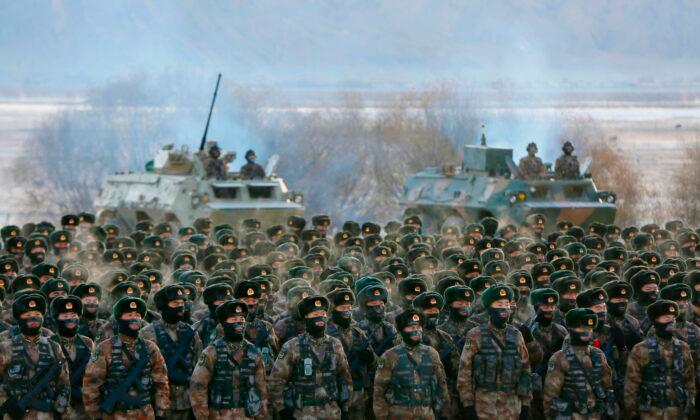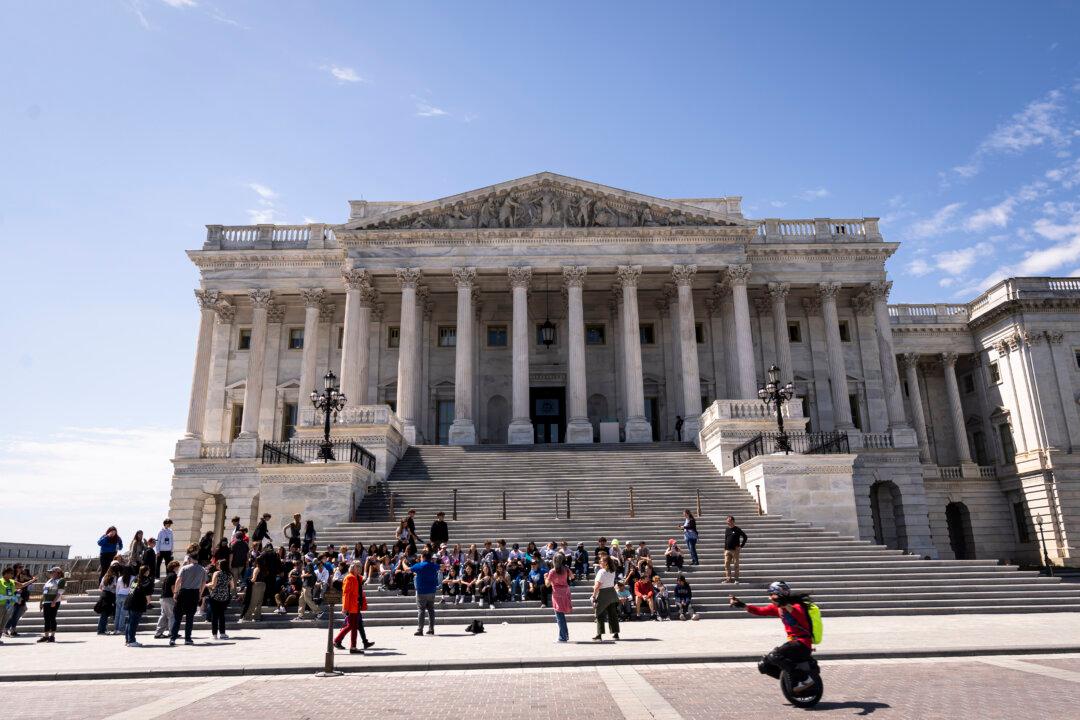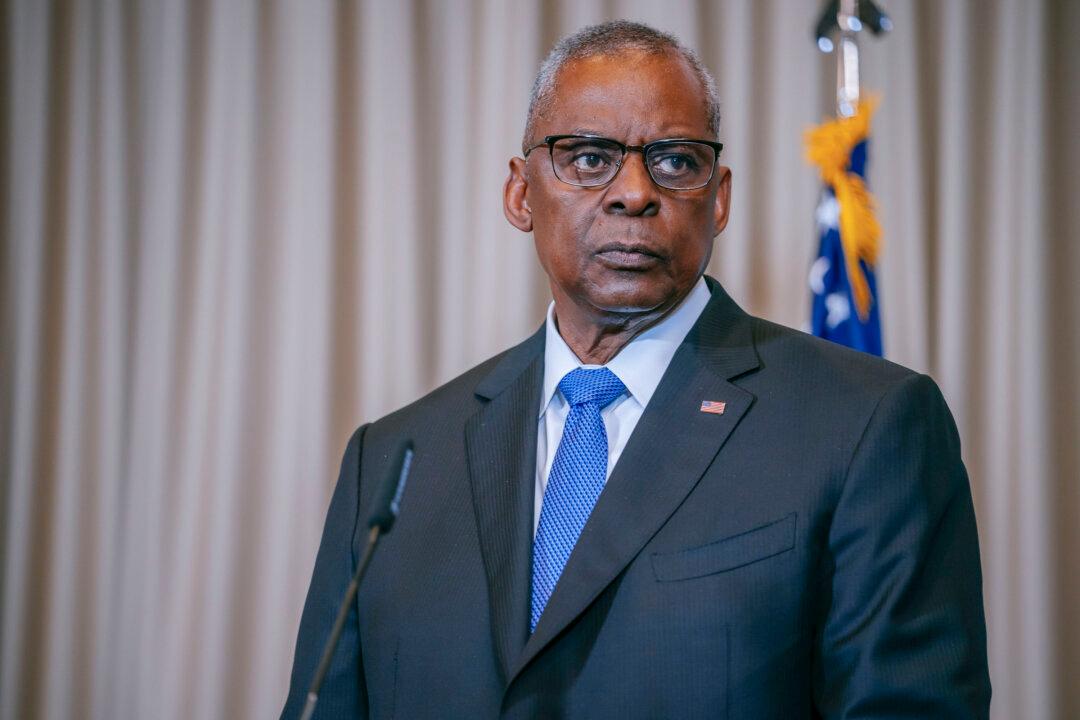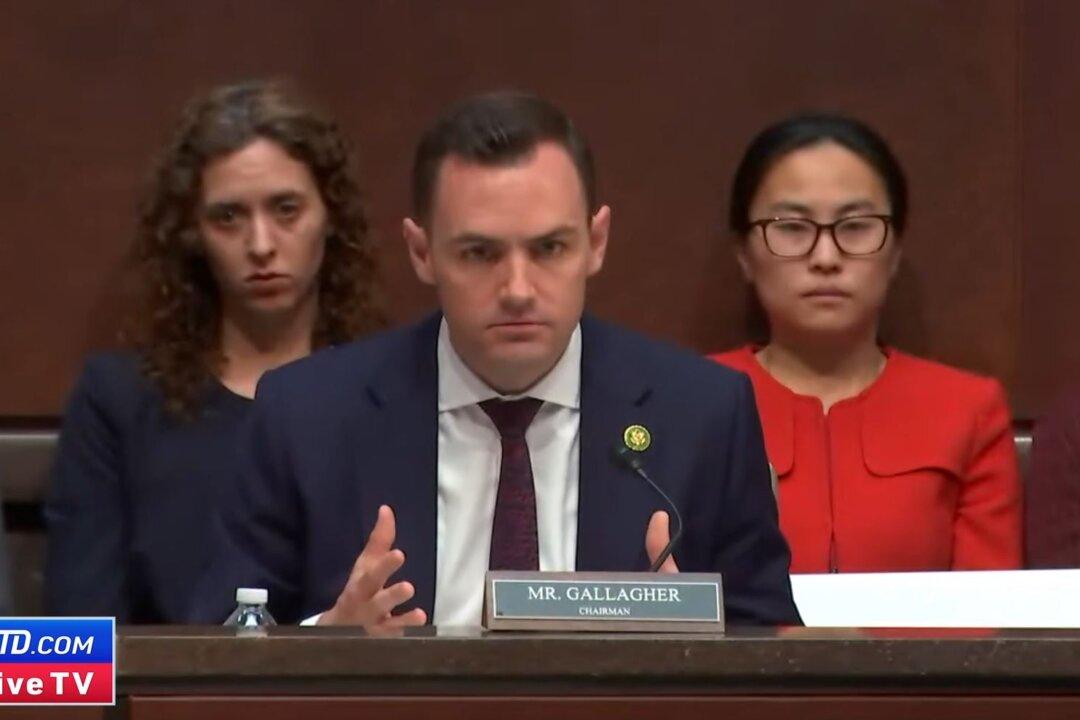PLA Modernizing to Annex Taiwan
“The Chinese are at or near an initial invasion capability,” said commissioner and former Senator Jim Talent during a Nov. 17 launch event for the report. “Which means the ability to conduct a land invasion of Taiwan, even assuming American intervention, albeit at very high risk.”Likewise, the USCC report is not the first time that the feasibility of American victory in a war with China has been called into question.
“Improvements in China’s military capabilities have fundamentally transformed the strategic environment and weakened the military dimension of cross-strait deterrence,” the report said.
“China’s increasingly coercive approach to Taiwan puts almost daily pressure on the cross-Strait status quo and increases the potential for a military crisis.”
The report found that, in addition to achieving initial capability for a successful invasion of Taiwan, the Chinese regime was also growing increasingly likely to pull of such move. There was a risk, it warned, that a failure by U.S. leadership to demonstrate adequate resolve could encourage just such an action.
Regime’s Nuclear Arsenal Growing and Improving
The risk of a CCP-driven conflict is not limited to Taiwan, however. The report also detailed and reflected the difficulties associated with confronting a global China with increased nuclear capabilities.The USCC report confirms those views and builds upon them.
“China’s nuclear buildup puts it on a path to become a qualitative nuclear peer of the United States in around a decade, with a similarly diversified, precise, and survivable force,” the report said.
The report stated that the CCP is moving beyond its former policy of minimum deterrence, seeking greater nuclear capabilities and capacity than are needed to dissuade enemies from a war. Moreover, the regime would not engage meaningfully in arms control agreements, viewing them as a “trap” designed to prevent China from achieving global dominance.
Risk of Nuclear War at New High
The report found that the risk of nuclear conflict was increasing, and that the development of capabilities such as the hypersonic test, as well as the regime’s military and diplomatic posture “suggests it could also be intended to support a new strategy of limited nuclear first use.”“Such a strategy would enable Chinese leaders to leverage their nuclear forces to accomplish Chinese political objectives beyond survival, such as coercing another state or deterring U.S. intervention in a war over Taiwan,” the report said.
“There is a concern that China’s buildup is intended, and we don’t know this, but it may be intended to make the region safe for conventional warfare or coercion on the part of China,” said Commissioner Alex Wong during the launch event.
“China’s growing nuclear arsenal could embolden it to pursue coercion or conventional aggression against U.S. allies and partners if Chinese leaders believe their nuclear arsenal will deter the United States from intervening on these countries’ behalf,” the report said.
Another problem compounding the risk of nuclear catastrophe was the CCP’s adoption of so-called “launch-on-warning” protocols, in which several nuclear warheads are prepared in advance to be launched in response to a warning that the nation is under nuclear attack.
As the name implies, launch-on-warning systems fire a retaliatory nuclear strike upon simply a warning of a nuclear strike, rather than waiting for confirmation of a nuclear detonation.
The CCP’s lack of transparency about its launch-on-warning systems or engagement in arms control talks meant that the Commission could not be sure if the Chinese regime had the appropriate technologies and protocols to prevent an accidental nuclear launch.
“It’s unclear whether China has the right protocols and command and control to prevent miscalculation, or an inadvertent launch, or a launch that’s not warranted from a perceived threat from the United States or other nuclear powers,” Wong said.
In all, the Commission recommended that the United States increase investments in developing a comprehensive diplomatic strategy, organize more nonproliferation agreements, and modernize the U.S. nuclear arsenal, in order to avoid a war the nation may not be able to win.
“The risks of a nuclear exchange between China and the United States are higher today than in the past,” the report said.
“If Chinese leaders have already changed their strategy without declaring they have done so, they could be much more likely to intentionally threaten or use nuclear weapons to achieve their regional objectives, such as deterring or degrading intervening U.S. forces in a conventional war over Taiwan they fear they could lose.”






Friends Read Free